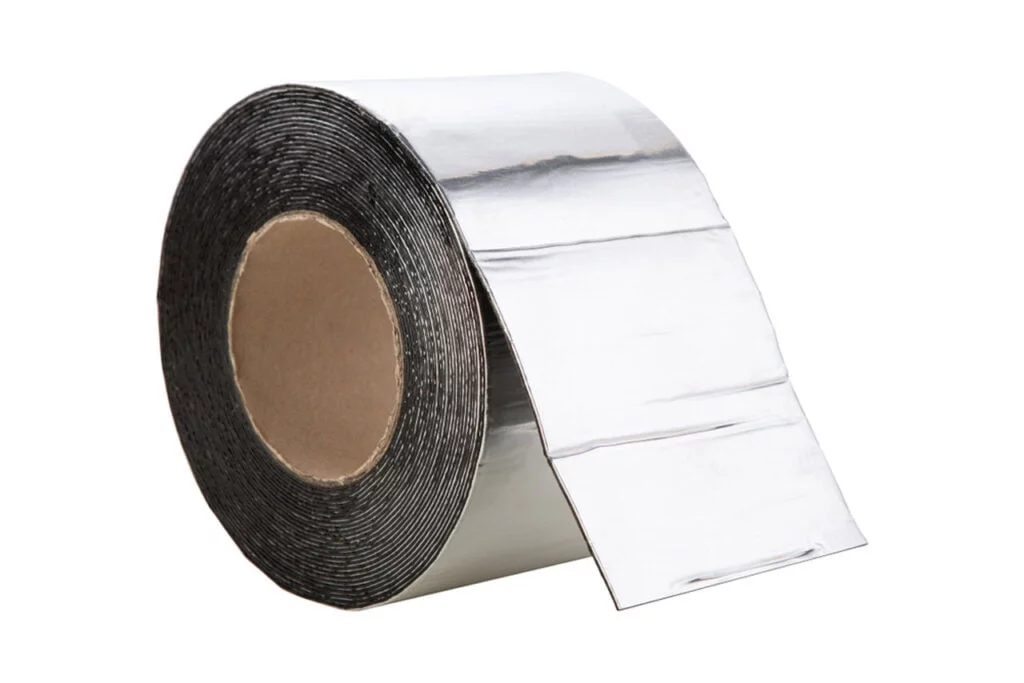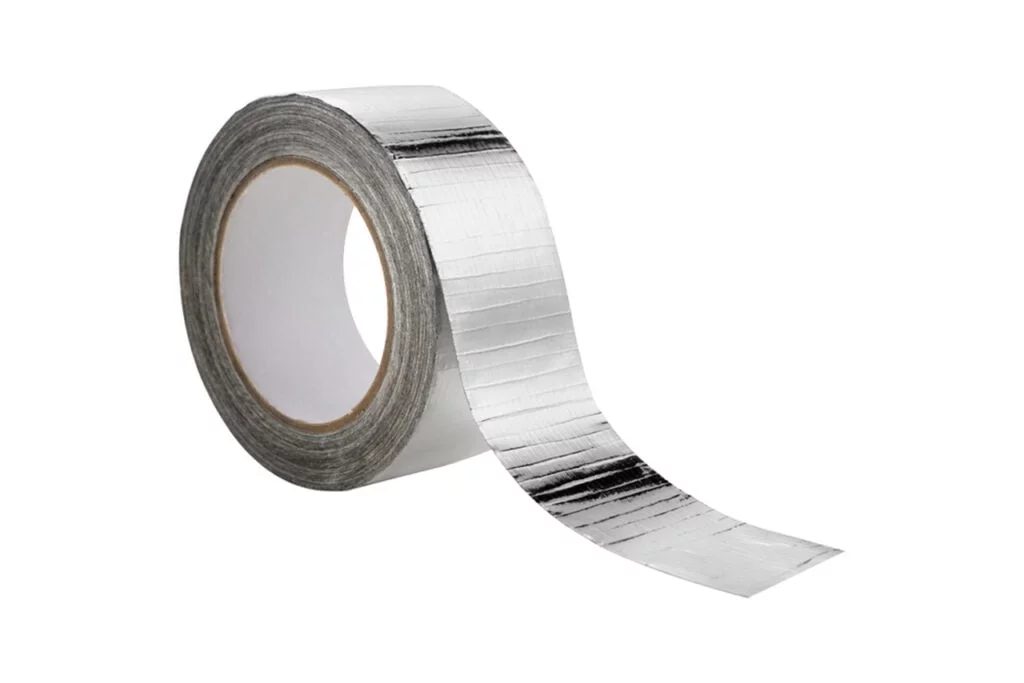Waterproofing tape, commonly referred to as waterproofing tape, clings firmly to the surface applied and aids in making a structure waterproof.
By being used at application areas like joints and places where water and air can enter the buildings, including doors and windows, it produces a comprehensive waterproofing system.
Waterproofing tapes are made using bitumen or butyl, are cold applied, have adhesive on one side and aluminum foil or colored mineral on the other. Its protective cover is taken off, attached to the application surface, and immediately offers protection.
What Is Water Insulation Tape For?
Waterproofing is crucial for preparing newly constructed structures for habitation. Without waterproofing, water seeps into the building’s structure during rainstorms or for any other reason. Therefore, corrosion, rot, and mold can happen.
Buildings become less resilient as a result of this. One of the most frequently used additional waterproofing products to strengthen a building’s structural foundation is waterproofing tape.
Bitumen or butyl can be used to make waterproofing tapes. Because of the chemicals used to create their structure, many materials have waterproofing qualities. They cling firmly to the surface where they are applied and stop water from penetrating the buildings from these surfaces. As a result, structures are shielded from water leaks and a potential performance loss is avoided.

What Is The Waterproofing Tape Used For?
Waterproofing tapes are mostly used to protect buildings from water by putting up a barrier between them and the water. Where there is moisture and airflow in the building envelope, such as around doors, windows, and nail holes, waterproofing tapes are utilized to remedy the flow issues.
They can also be employed in roofing systems to stop leaks brought on by precipitation. Additionally, waterproofing tape can be utilized in areas like restrooms, kitchens, terraces, balconies, and commodes.
Additionally, waterproofing tapes, which are useful in moving joints, pipe transitions, pool crack repairs, and other places where such waterproofing is required, can be used to provide water insulation.
Water Isolation Tape Application Surfaces
The practicality and ease of application of waterproofing tape make it a very beneficial product for a variety of surfaces. All waterproofing tapes can practically cling to a variety of surfaces, including wood, metal, glass, plaster, and concrete, and they all offer the optimum level of waterproofing.
Advantages of Using Waterproofing Tape
The waterproofing tape distinguishes out in terms of waterproofing with its benefits since it provides an efficient, timely, and durable solution. What benefits do waterproofing tape have then?
Because of their excellent performance in terms of water ingress and ease of use, waterproofing tapes—which are used to stop water from entering the building structure—are highly preferred.
Modern technology-produced waterproofing tape of the highest caliber provides outstanding results on any surface. Considering that it has a flexible structure, it can even be applied to curved surfaces. It also offers UV protection because of its self-adhesive waterproofing tape, aluminum foil, and mineral coated surfaces.
The benefits of utilizing waterproofing tape have been discussed above, but there are other factors to take into account when selecting a waterproofing tape. To improve the building’s quality and waterproofing, the proper waterproofing tape must be chosen.
Therefore, making a decision will be simpler if you know where you need waterproofing tape and what qualities you want in a product. For instance, you can choose waterproofing tapes that fit these criteria if you decide on characteristics like cold weather performance, high UV protection, or high adherence.
On the other hand, by receiving a professional opinion on the matter, you may be certain that you have chosen the best product. You can speak with the waterproofing chemicals technical experts to get the ideal waterproofing tape for you and learn more about the waterproofing goods that will best suit your requirements.
To see other material construction, please see here.
To know other construction guides, tips, and methodology for beginners, veterans, and contractors, please see here.

